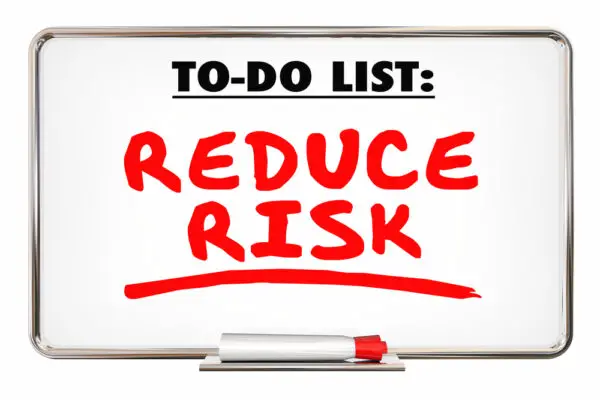Strategic risks and operational risks are two different categories of risks that organizations face. Understanding the distinctions between them is essential for effective risk management.
Strategic and operational risks are two different types of risk that organizations face. Strategic risks threaten an organization’s ability to deliver expected outcomes, which can harm the organization’s ability to grow and prosper. On the other hand, operational risks look at the business’s risk profile and involve how the internal environment is going to affect a company’s operations.
When it comes to strategic risk, it refers to the positioning of the company in its environment. This type of risk occurs when a company’s plans fail to work properly or when there is a misalignment between what was planned and what actually happens. Operational risk, on the other hand, refers to potential losses arising from inadequate or failed internal processes, people and systems or from external events.
Organizations should be aware of both strategic and operational risks in order to ensure their success. By understanding these two types of risks, organizations can develop strategies to mitigate them and protect their business from any potential losses.
Here are the main differences:
- Definition:
- Strategic risks: These are risks that arise from external factors or events, internal decisions, or changes that can potentially affect the organization’s ability to achieve its strategic objectives or long-term goals. Strategic risks can include shifts in the competitive landscape, regulatory changes, technological disruptions, or flawed business strategies.
- Operational risks: These are risks associated with the day-to-day activities and internal processes of an organization. Operational risks can result from inadequate or failed internal processes, human errors, system failures, or external events that disrupt normal operations.
- Scope:
- Strategic risks: These risks have a broader scope, as they can impact the overall direction and future of the organization. They are often long-term and can affect the company’s market position, brand reputation, and financial performance.
- Operational risks: These risks are more specific to the functioning of the organization’s internal processes, systems, and people. They are generally short-term and can impact the efficiency, quality, and reliability of products and services.
- Responsibility:
- Strategic risks: The responsibility for managing strategic risks typically falls on senior management or the board of directors, as these risks can have significant implications for the organization’s long-term success.
- Operational risks: Operational risks are usually managed by middle management, department heads, or process owners who are responsible for the day-to-day functioning of the organization.
- Mitigation:
- Strategic risks: Mitigating strategic risks often involves activities like market research, competitive analysis, scenario planning, and strategic decision-making. Organizations can adapt their strategies, explore new markets, diversify product offerings, or collaborate with partners to manage these risks. Regular monitoring and review of strategic plans and goals also help in early identification and addressing of strategic risks.
- Operational risks: Mitigating operational risks involves activities such as process improvement, risk-based audits, employee training, and the implementation of robust information systems. Organizations can adopt internal controls, performance metrics, and contingency plans to manage these risks. Continuous monitoring and regular reviews of operational processes help identify areas of improvement and minimize the impact of operational risks.
- Timeframe:
- Strategic risks: These risks are generally more long-term and forward-looking in nature. They require organizations to anticipate and plan for future challenges, market shifts, and potential disruptions.
- Operational risks: These risks are often short-term and focused on the immediate concerns of the organization’s internal processes and activities. However, effective management of operational risks is crucial for the organization’s ongoing performance and stability.
In conclusion, strategic risks and operational risks differ in their definitions, scope, responsibility, mitigation approaches, and timeframes. Understanding these differences is essential for organizations to manage risks effectively and ensure their long-term success and stability.

Chris Ekai is a Risk Management expert with over 10 years of experience in the field. He has a Master’s(MSc) degree in Risk Management from University of Portsmouth and is a CPA and Finance professional. He currently works as a Content Manager at Risk Publishing, writing about Enterprise Risk Management, Business Continuity Management and Project Management.



